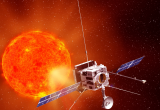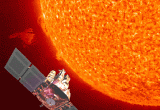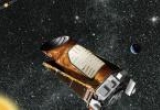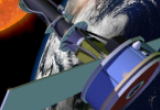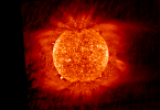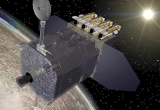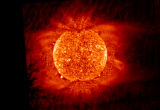PLATO (PLAnetary Transits and Oscillations of stars) was selected as the M3 mission of the Cosmic Vision program. Lauch is expected in december 2026. Its objective is the characterization of stellar systems and their exoplanets.
The IAS stellar group as well as the exoplanet group is strongly involved in the ground segment, as well as camera testing and scientific exploitation.





